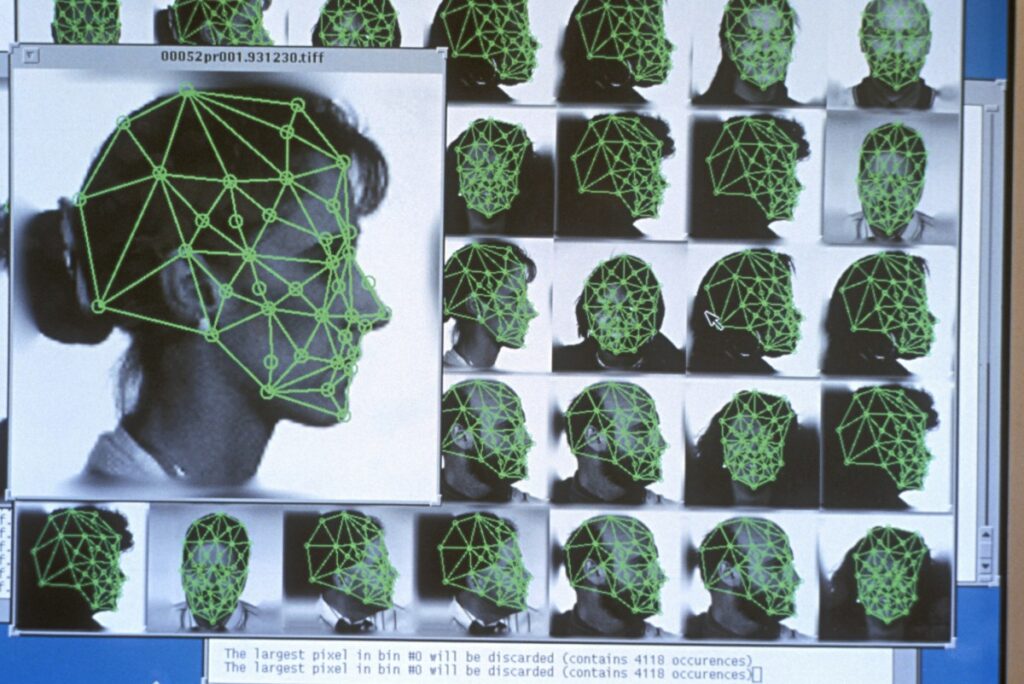The first compliance deadline kicked in a couple of days ago for the European Union’s AI Act, a risk-based framework for regulating uses of artificial intelligence — banning a narrow selection of so called “unacceptable risk” use-cases of AI, such as social scoring that could lead to detrimental or unfavourable treatment; or harmful manipulation using “subliminal techniques”.
On Tuesday the EU’s executive body, the Commission, followed that fixed deadline up by putting out guidance for developers on how to comply with this aspect of the bloc’s AI rulebook.
Developers seeking help with staying on the right side of the law when it comes to applying artificial intelligence in the region are likely to be keen to parse the advice. Breaches of the law’s rules on prohibited use-cases can attract the stiffest penalties: up to 7% of global turnover (or €35 million, whichever is greater).
“The guidelines are designed to ensure the consistent, effective, and uniform application of the AI Act across the European Union,” the Commission wrote in a press release. However it acknowledged that the guidance it has produced is not legally binding — it will, ultimately, be up to regulators and courts to enforce and adjudicate the AI Act.
“The guidelines provide legal explanations and practical examples to help stakeholders understand and comply with the AI Act’s requirements,” the Commission added, saying the initiative “underscores [its] commitment to fostering a safe and ethical AI landscape”.
The guidelines — which can be downloaded here — have been published today in draft form. This is because formal adoption and application remains pending as the EU still needs to produce translations in the bloc’s myriad official languages.
While the AI Act became law across the region last year its implementation continues, with additional compliance deadlines set to kick in over the coming months and years.
Enforcement is likely to be further staggered — even in the case of the prohibited use-cases — since EU Member States have until August 2 to designate the bodies responsible for overseeing the rulebook.







